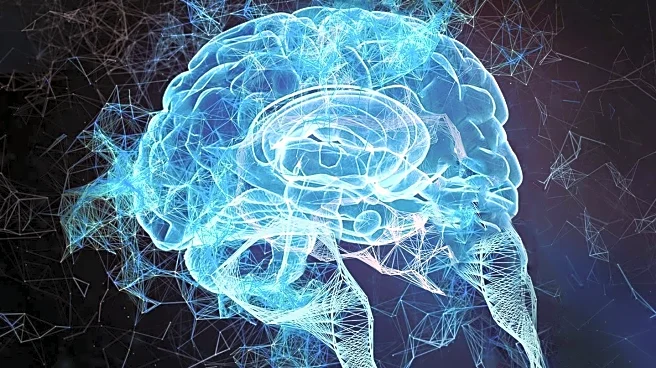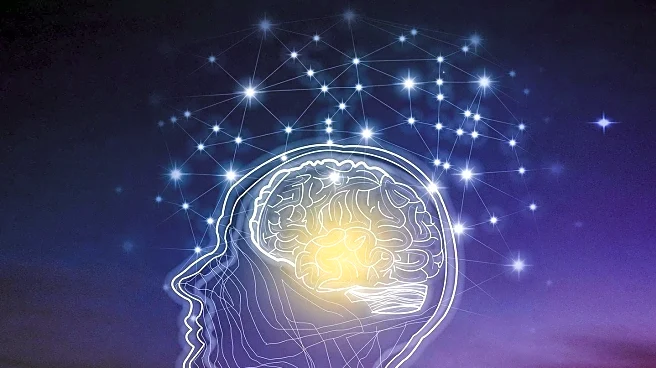What's Happening?
Scientists have discovered a specific set of neurons in the parabrachial nucleus of the brainstem that are activated during persistent pain, which lasts long after an initial injury. This research, conducted in mice, suggests that these neurons, known as Y1R neurons, play a crucial role in the sensation of chronic pain. When these neurons were artificially activated, mice exhibited pain-associated behaviors. Conversely, blocking their activity reduced persistent pain while maintaining normal short-lived pain responses. The study highlights the potential for new therapies targeting these neurons to alleviate chronic pain, which affects approximately one in five people worldwide.
Why It's Important?
The identification of Y1R neurons in the parabrachial nucleus as key players in chronic pain sensation opens new avenues for treatment. Chronic pain is a significant public health issue, impacting millions of individuals and leading to substantial healthcare costs and loss of productivity. By understanding the mechanisms behind persistent pain, researchers can develop targeted therapies that may offer relief to those suffering from chronic conditions. This discovery also underscores the brain's ability to prioritize urgent survival needs over pain, suggesting an innate mechanism to suppress persistent pain, which could be harnessed in therapeutic interventions.
What's Next?
Further research is needed to confirm these findings in humans and explore the potential for developing treatments that target Y1R neurons. Scientists may investigate how neuropeptide Y, a signaling molecule involved in pain reduction, can be utilized in therapeutic applications. Additionally, understanding how the brain modulates pain perception in response to urgent needs could lead to innovative approaches in pain management. Collaboration between neuroscientists and pharmaceutical companies may accelerate the development of new drugs aimed at alleviating chronic pain.
Beyond the Headlines
This research highlights the complex interplay between sensory inputs and the brain's ability to modulate pain perception. The findings suggest that pain is not merely a sensory input but is influenced by various factors, including survival needs and experiences. This could lead to a paradigm shift in how chronic pain is understood and treated, emphasizing the importance of considering psychological and environmental factors in pain management strategies.










